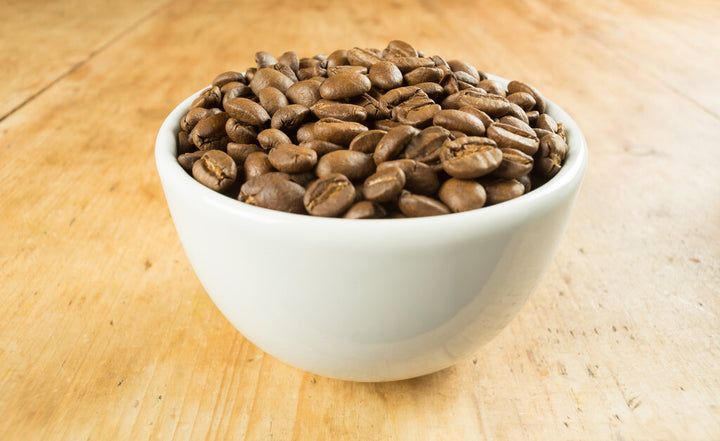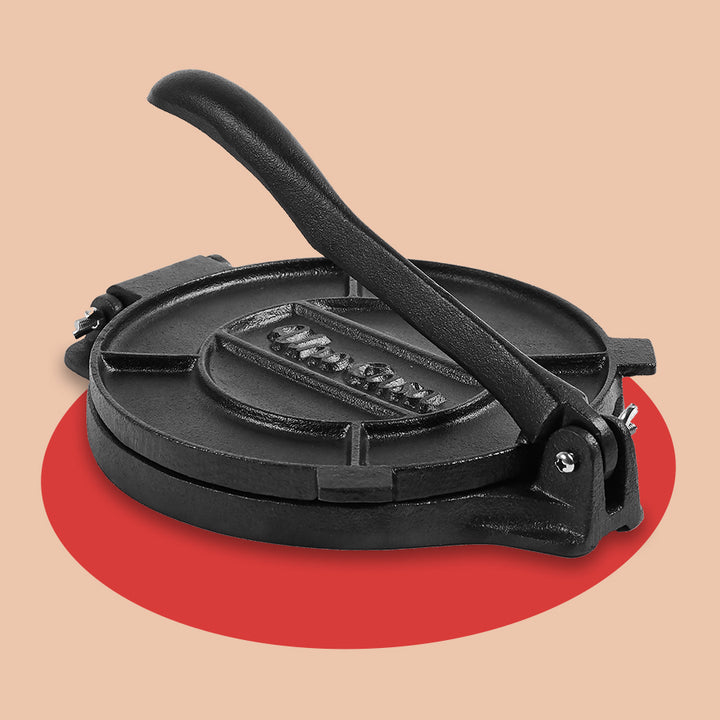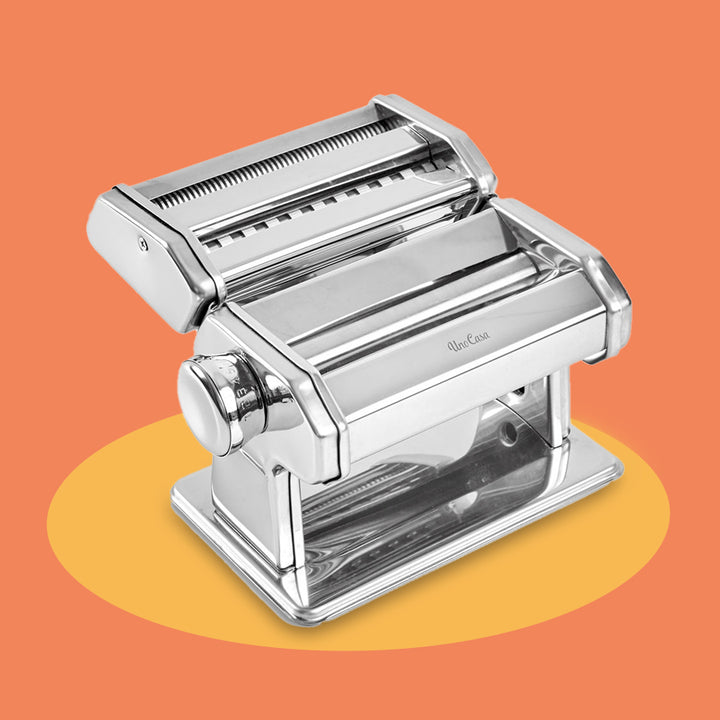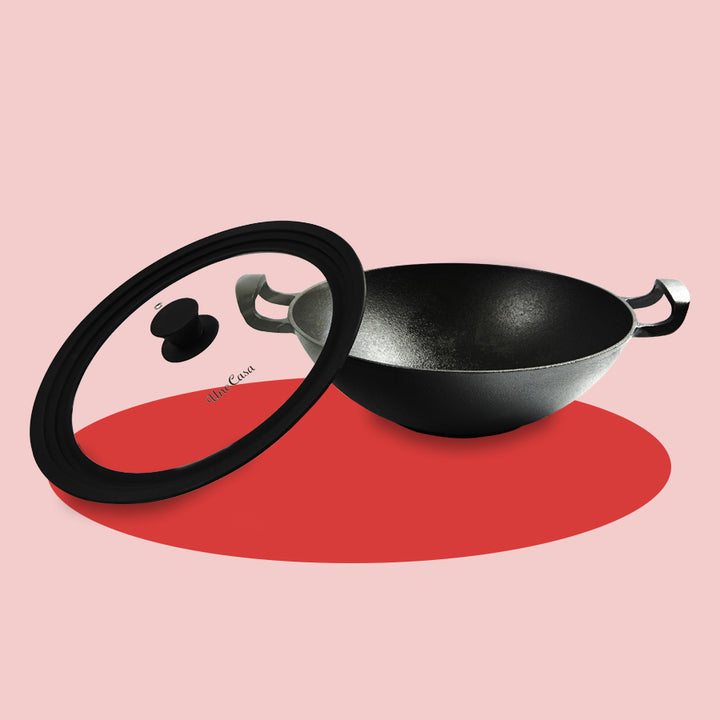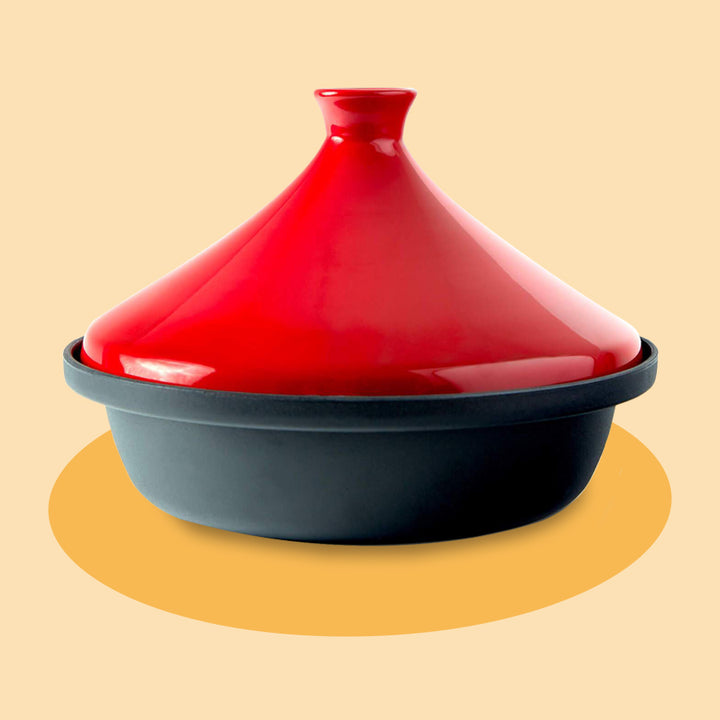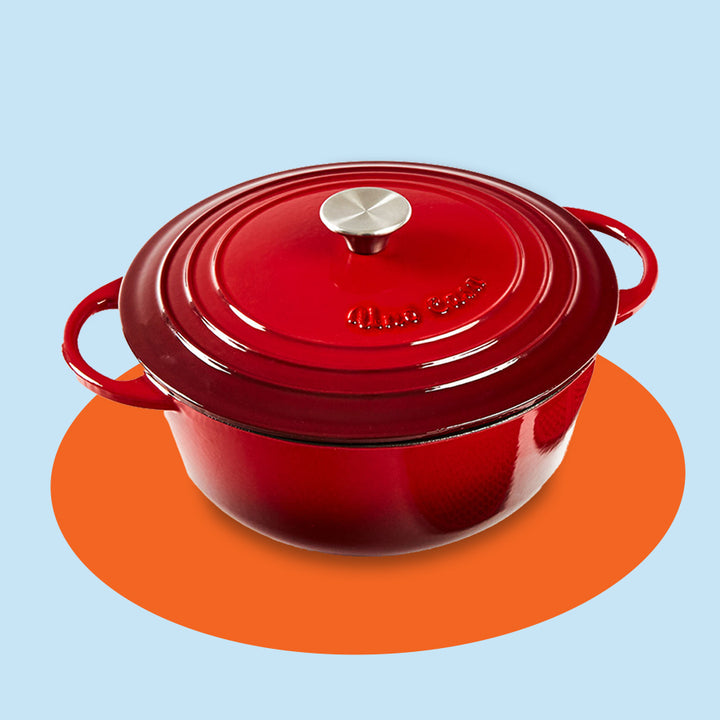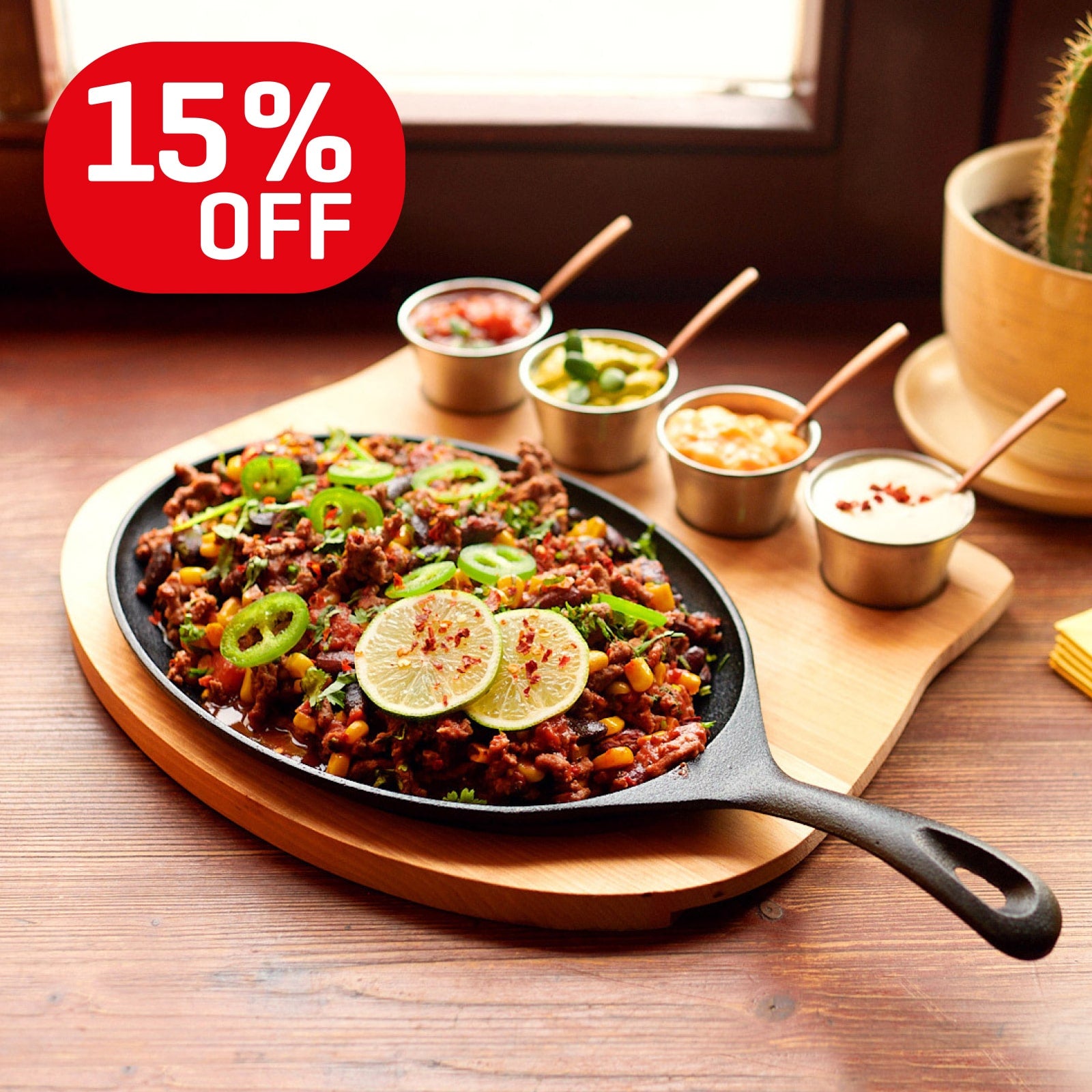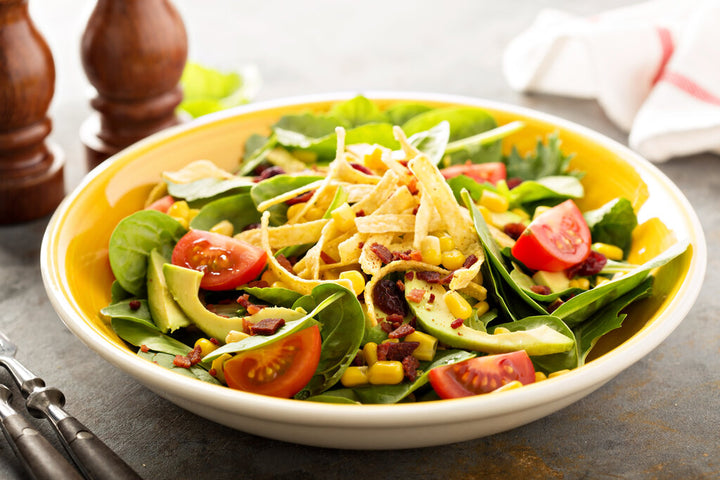Is Pasta Healthy: A Deep Dive Into Nutrition
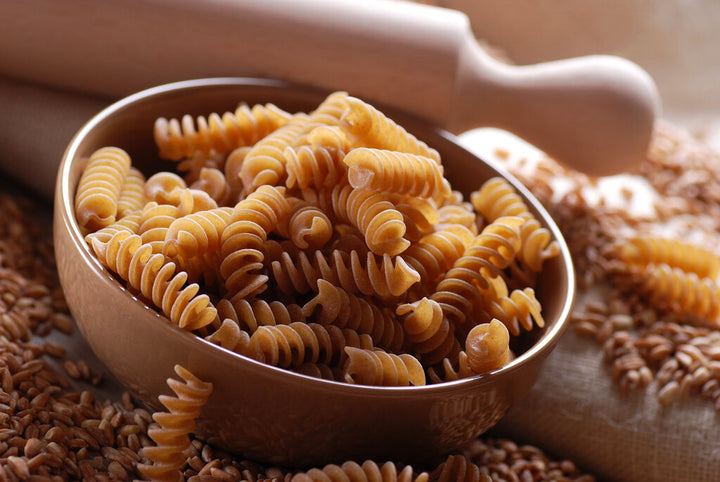
Pasta is one of America's favorite foods. Pasta piled high with tomato sauce and meatballs, tossed in extra-virgin olive oil, roasted veggies, feta cheese, or a creamy sauce full of mushrooms and parsley will leave your mouth watering! The possibilities are endless and all incredibly delicious.
This hearty, wheat-based noodle formed its roots in Italian and Mediterranean culture and made its way here by the end of the 19th century by Italian immigrants, mainly from Naples. Using just a few ingredients - mostly water, flour, and eggs - it became a staple in many households.
In the 1980s, diet culture made fat the enemy of weight loss. Over the last 10-15 years, low-carb diets have become the latest craze. Pasta, being high in carbs, has been tossed to the wayside by the Atkins, Paleo, and keto dieters.
Is pasta bad for you, or is this more diet misinformation? How should people view these grains? We're going to break down pasta nutrition, healthy pasta types, and white and whole wheat pasta benefits.
The nutritional breakdown of white pasta
Let's first take a look at the cold, hard numbers of one serving of pasta.
Flour pasta nutrition facts
One serving: 1 cup cooked pasta
Calories: 220 kcal
Protein: 8.1 g
Carbs: 43 g
Fiber: 2.5 g
Fat: 1.3 g
Refined pasta is a decent source of manganese, selenium, thiamin, and folate (B vitamins.)
Pasta includes protein and fiber while remaining relatively low in fat. There is a high level of carbs in pasta, and it's a little low in the fiber department.
Does pasta have fiber?
As you can see above, one cup of pasta has about 2.5 grams of fiber. Considering the overall carbohydrate count is 43g, the fiber-to-carb ratio isn't as good as whole-wheat and whole-grain pasta nutrition.
Carbs are broken down into the bloodstream a little too quickly when they're not paired with adequate fiber, making certain foods more difficult to digest by your body.
A few different pasta options beyond refined flour-based pasta contain more fiber to keep you fuller for longer.
Whole wheat pasta
Whole wheat pasta is the healthiest pasta made from wheat grains. It's made from the entire wheat kernel, whereas in white pasta, this kernel is broken down and only contains the endosperm. More fiber, minerals, and vitamins are included in this high fiber pasta than its refined counterparts.
The texture of whole wheat pasta is a little grittier than white, but it's got a chew to it that is quite appealing.
Now, is whole wheat pasta good for you?
Yes, in moderation. Whole wheat pasta nutrition fares better than white - one cup contains only 174 calories, 37g of carbs, and a whopping 6g of fiber.
Fresh pasta
It all began with fresh pasta, and the flavor and texture of fresh pasta can't be beat! Fresh pasta contains all-purpose or semolina flour, so it is a little lower in fiber than whole wheat. It has more fiber than refined pasta and fewer carbs, at 2.8g of fiber and 33g carbs in a single serving.
You can easily make restaurant-quality fresh pasta back at home using a pasta maker and a few simple ingredients. This step-by-step guide explains all the process in detail:
Weight gain: is pasta fattening?
No. Pasta is not fattening if eaten in moderation (like everything.) You don't have to avoid carbs like they're the plague!
Let me explain why.
Low-carb diets do help you to lose weight. That's why they're so popular - people see results when they mostly cut carbs out of their diet. The deeper issue lies in what it does to your body.
The short-term weight loss you achieve is usually temporary. A human body needs a combination of macronutrients (proteins, carbs, and fat) to survive and thrive. Your body needs carbs. You're wreaking havoc on your health for the sake of weight loss. Cutting out carbs throws your body into starvation mode, which is why your system turns to fat storages within your body to make up for the lack of carbs.
Either you don't eat carbs for the rest of your life (not good), or you reintroduce carbs at one point, and your body rebounds. You may even gain more weight than you lost initially, which is how the yo-yo dieting cycle begins.
The best diet for your body is listening to your body and eating a balanced diet that contains carbs.
Pasta can be a healthy part of any diet. It does not make you fat when consumed in moderation.
Moderation is the key to a healthy lifestyle over the long-term. Allow yourself to eat some pasta and keep the portion moderate. Maybe don't eat it daily, or if you do, keep your other meals a little lower in carbs.
If you're craving pasta, go for the good stuff and make or get some fresh pasta. A little bit of fresh pasta goes a long way and feels way more satisfying, which will lead to less overeating later.
Who shouldn't eat pasta?
There are a few cases in which white pasta might not be a great option.
- Diabetes or metabolic syndrome. If you have a blood sugar disorder, refined carbs may throw off your blood sugar balance too drastically. If you're still not giving up the pasta, check out pasta for diabetics article to learn how to balance your diet;
- Obesity. If you're in the obese weight category, your system may be working out-of-whack when it comes to digesting and processing foods. If you are obese and looking to lose weight, it may be best to avoid high glycemic index foods, like pasta, for some time if you're attempting to lose a more significant volume of weight.
- Intolerances and allergies. If you have wheat intolerance or an allergy, eating pasta will set off an immune reaction in your body, ranging from discomfort to life-threatening. Get with your doctor if you suspect you have food allergies to get properly tested.
Pasta vs. rice
One cup of cooked medium-grain rice contains 242 calories, 4.4 g protein, 0.4 g fat, 53.2 g carbs, and 0.6 g fiber.
Brown rice is higher in fiber and protein, but side by side pasta is the healthier option. Why?
- A serving of pasta has almost double the protein as a serving of rice.
- Both are low in fat.
- Pasta has double the fiber and is 10 g lower in carbs.
This means pasta will take longer to digest and keep you fuller for longer than rice.
Gluten-free pasta alternatives
If you have a wheat allergy or a health issue that keeps you from having regular pasta, there are many delicious options available to you.
Here are a few of our gluten-free favorites:
- Brown-rice pasta
- Soba noodles (buckwheat is the base, and despite the name, it is a seed, not wheat)
- Spiralized zucchini noodles (available pre-made at the grocery store or get a spiralizer and slice your own)
- Shirataki pasta
- Bean based noodles
- Quinoa pasta
- Spaghetti squash (roast and pull into spaghetti-like strands)
These are all pretty delicious. Spaghetti squash pairs well with certain dishes, the texture is spot on, and the flavor is earthy and sweet.
So, is pasta good for you?
Pasta isn't chock-full of nutrients like fruits and veggies, but it can be a part of a healthy diet and provide a filling and satisfying element to your meals that will keep you from running back to the fridge in a few hours.
It's never good to completely cut out certain nutrients from your diet, so if you are welcoming carbs back into your life, remember everything is good for the body in moderation!
Most importantly, listen to your body and indulge cravings within reason for the surest route to long-term health.
Leave a comment
Comments will be approved before showing up.
Also in Tips
